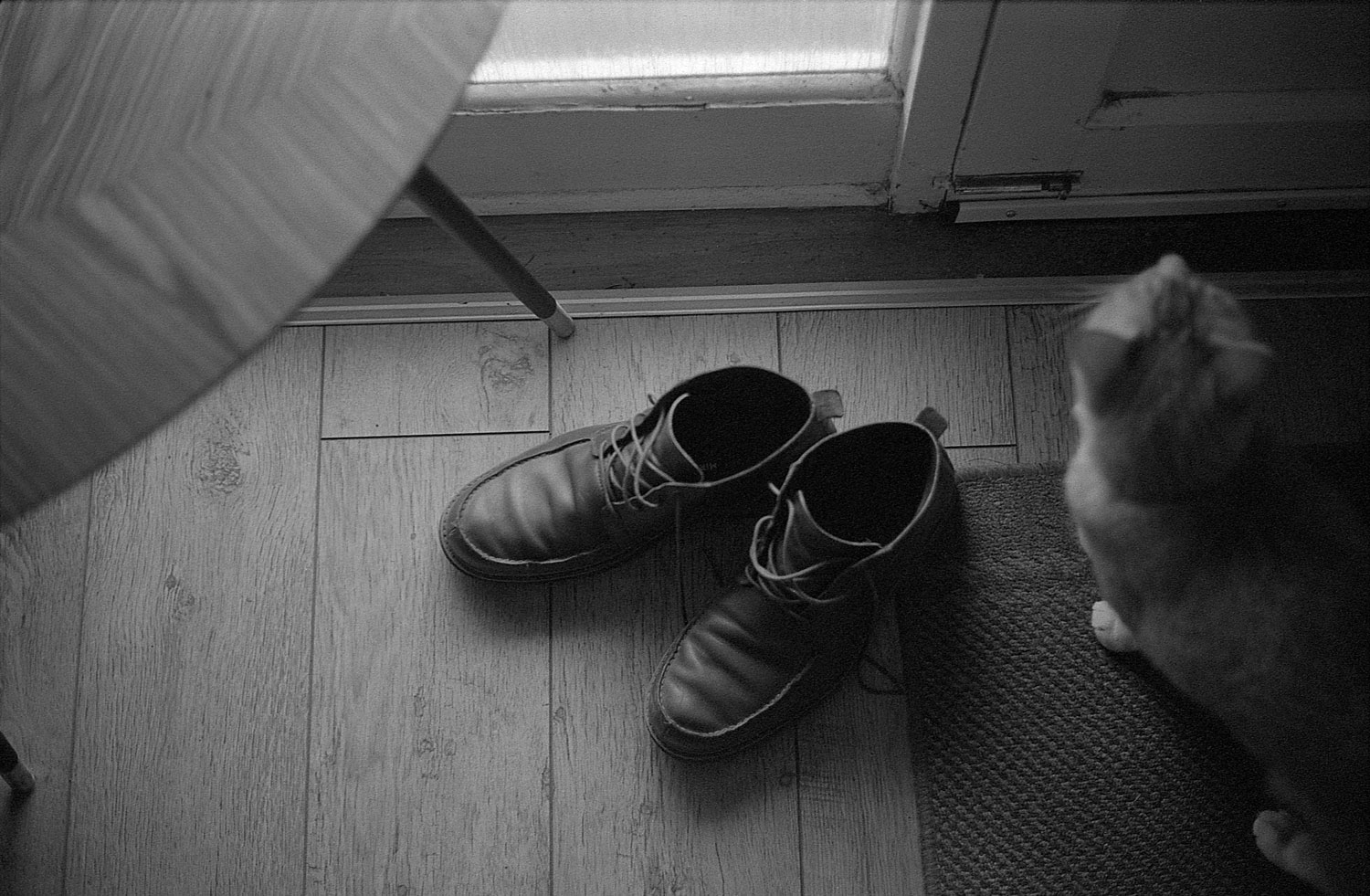Two bath and divided developers are pretty cool. You get a nice compensating effect and often can use similar times for most films, due to the way the development is self-exhausting in the second bath.
I used to be a frequent user of Diafine, which is a nice, speed increasing two bath developer. The main attraction for me was the ability to run nearly all films through it with the same development times, and the speed increase was of marginal value given the kind of daylight shooting I largely enjoy. It was nice for shooting pictures in all kinds of lighting conditions on the same roll and getting pretty good results for all of them due to the compensating effect.
I gave up on Diafine when the price went crazy for the second time a few years ago. In the past I’ve also used a few two bath developers and “split” developers, including divided D-23 and Barry Thornton’s two bath developer, and a few different versions of divided D-76. None of those were really to my liking.
Goals
I’d like a developer that has largely the same times for most films, produces negatives a little less flat than Diafine, and preserves film speed. Most two bath developers are based around metol and hydroquinone (MQ), although Diafine is a phenidone/hydroquinone developer (PQ). It’s possible to also make a two bath developer using ascorbic acid (vitamin C). I don’t know of a common one that anyone is using, though this one reportedly works well. Preservation in bath A might be an issue.
In any case I set out to design a developer that would do what I wanted. This is not intended to be a Diafine clone or replacement. It’s designed to be a two bath developer (more properly a divided developer) with good film speed, and mixable from the chemicals I have on hand. I am calling this experiment 2B-1 as it’s the first two bath experiment I’ve done.
Ilford FP4+ Test Shots: 5 mins A, 4 mins B

This is the formula I arrived at.
The Formula
Bath A (1 liter)
- Water to 800ml @ 40C
- Sodium sulfite andhyrdous — 35g
- Hydroquinone — 8g
- Phenidone — 0.25g
- Potassium bromide — 1g
- Citric acid — 0.5g (to pH about 8 tested with paper strips)
- Water to 1L
Bath B (1 liter)
- Water to 800ml @ 40C
- Sodium sulfite anhydrous — 35g
- Sodium carbonate anhydrous — 20g (46g decahydrate crystals if I did math properly)
- pH is about 12
- Water to 1L
Mixing It: There is nothing to really worry about: mix in the order listed and at the temperatures listed. You may find that the sulfite and carbonate take some time to mix in. Keep stirring until they do. Let cool to room temperature before using to develop film.
Recommended Times: About 5 mins A, and 4 mins B seems to be right for most films.
Using It
Experience so far with other two bath developers has shown me that if you want to do only do one pass through the baths, you do want some development in the first bath. Modern film emulsions don’t seem to soak up enough developer to fully develop in the second bath. When you do some development in the first bath, people then call it a divided developer instead of a two bath. I think that’s splitting hairs.
According to Haist, phenidone by itself will begin to develop film at about pH 6—though not well—so we’re well into the territory where it, especially with hydroquinone present and superadditive, will begin developing film in the first bath. My thinking about the second bath is that of course development will proceed rather rapidly once the film is in such a high pH solution, but additionally, I believe the hydroquinone will become active and produce somewhat higher contrast in that bath.
The bath A is not currently much buffered from my understanding, although it’s possible that citric acid and sodium sulfite will form a buffer. I would need to try adding a bunch more alkali or acid to see how well buffered it is.
I intentionally used a smallish amount of sodium sulfite to try to retain some sharpness, while still providing enough solvent action to let the developer achieve box speed and to soften the grain a bit. Is this the right amount for this compromise? So far I think it might be. Further experiments may follow to see how that plays at different sulfite levels. I may also try some other solutions to grain in a future experiment: other solvents, or adding sodium chloride.
I am still testing this to determine how universally applicable the development times are. So far I have found that those times work well for Ilford FP4+ at box speed, for Fomapan 400 at EI200 (how I usually expose it), and for ADOX Silvermax 100 at EI200. I will be testing more films and likely updating this article as I go. It appears that some films do get a speed boost from this developer although that’s not the real intent for me. It will be interesting to see how that works.
I got some good advice from Alan Johnson, Michael_R and others on Photrio about some additional testing I ought to do to see how low I can get the pH in bath A and still get decent photos. I may also follow up with further experiments for bath B. I have some trisodium phosphate, which is what Diafine uses and may give that a try as well. Finally, I intend to compare head-to-head with D-76 so that I have a frame of reference. I lack a densitometer (for now!) or sensitometer so I can’t yet report on H&D curves or density measurements.
But this is a very usable and quite decent developer! I will continue to use it while I experiment further.
Sample Shots
ADOX Silvermax 100 at EI200: 5 mins A, 4 mins B
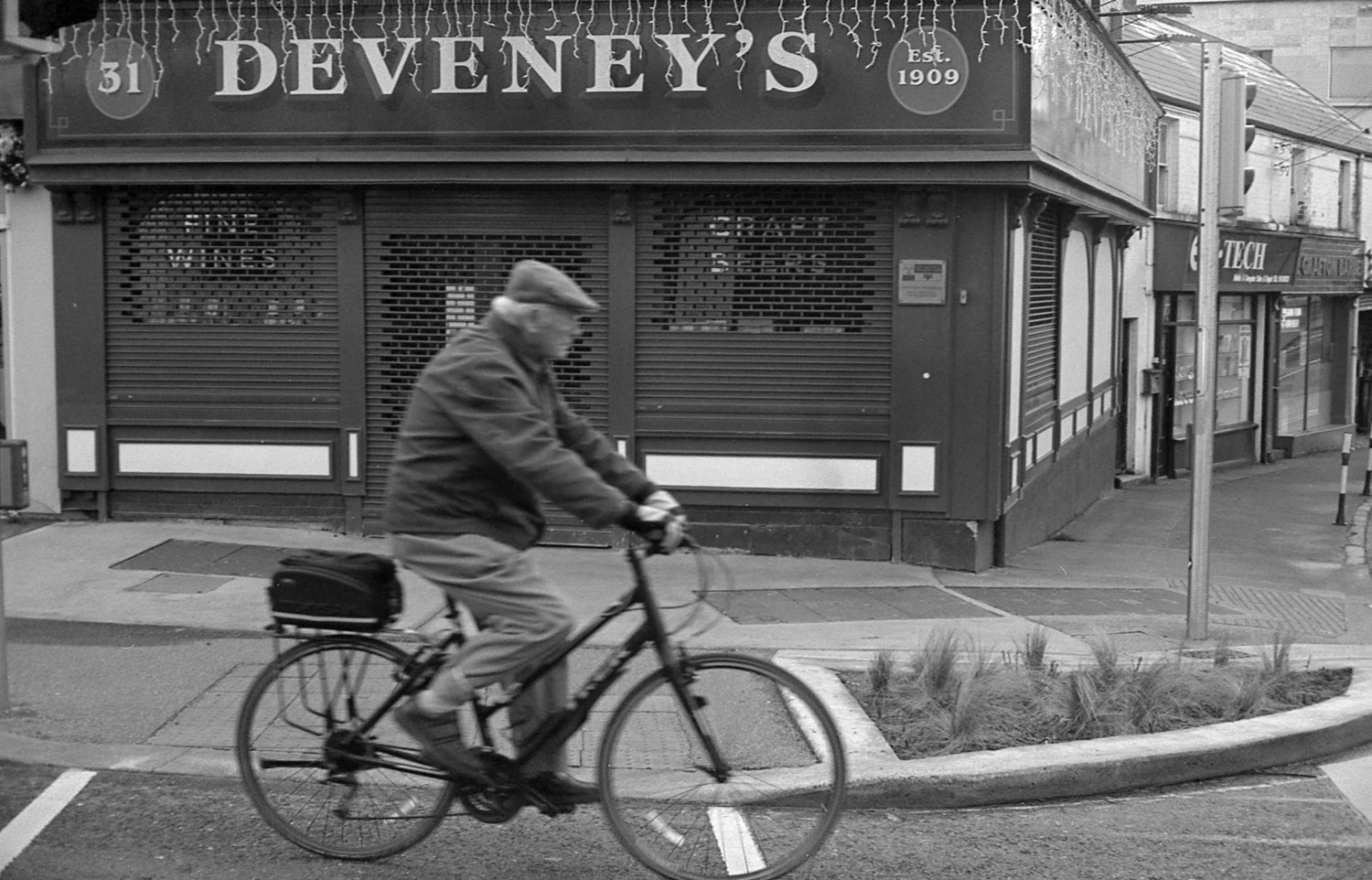
ADOX Silvermax 100 at EI200: 5 mins A, 4 mins B
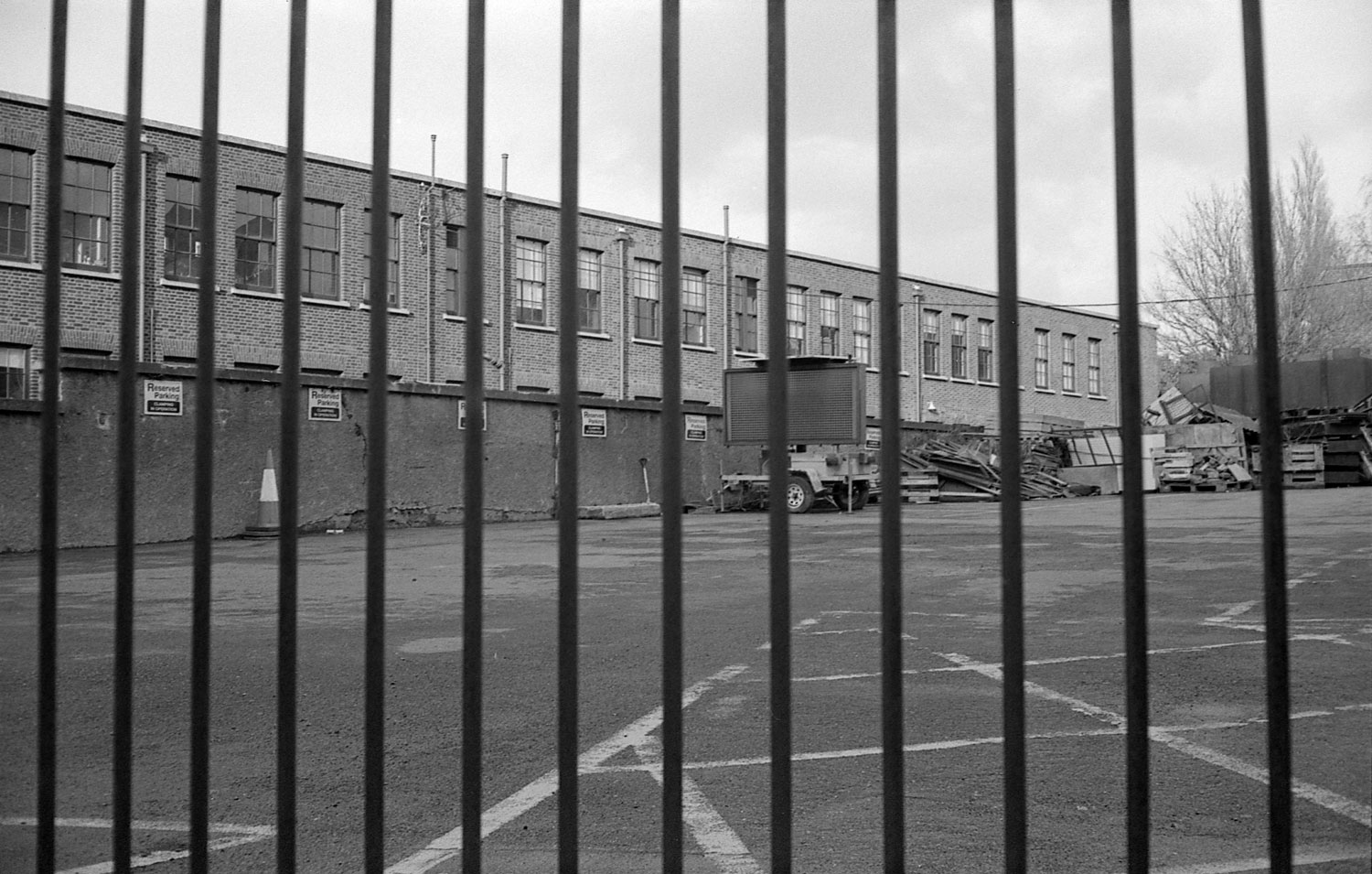
ADOX Silvermax 100 at EI200: 5 mins A, 4 mins B
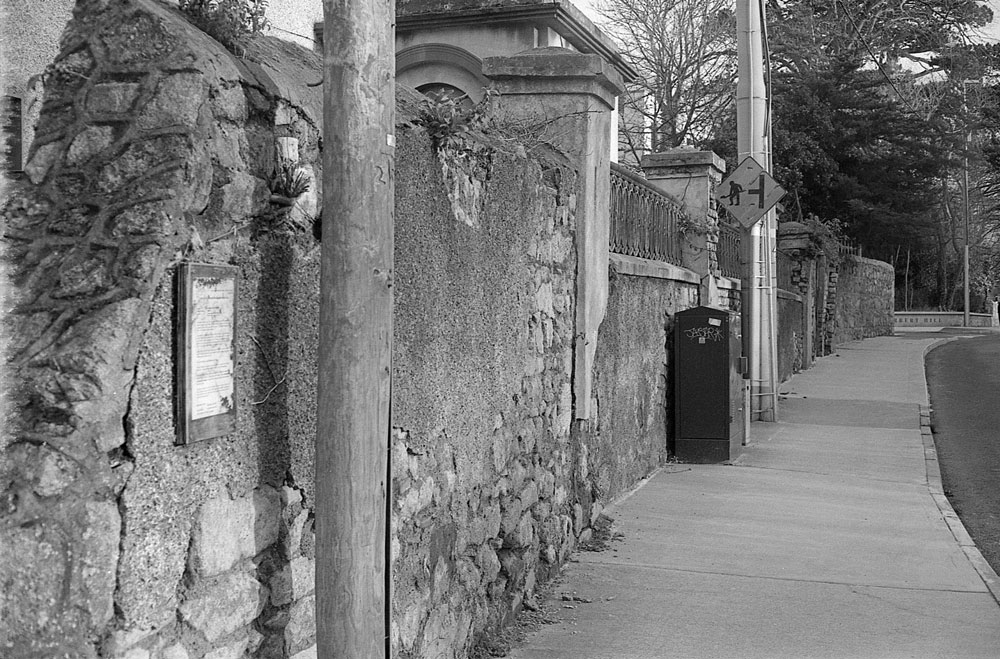
Ilford FP4+ at box speed: 5 mins A, 4 mins B
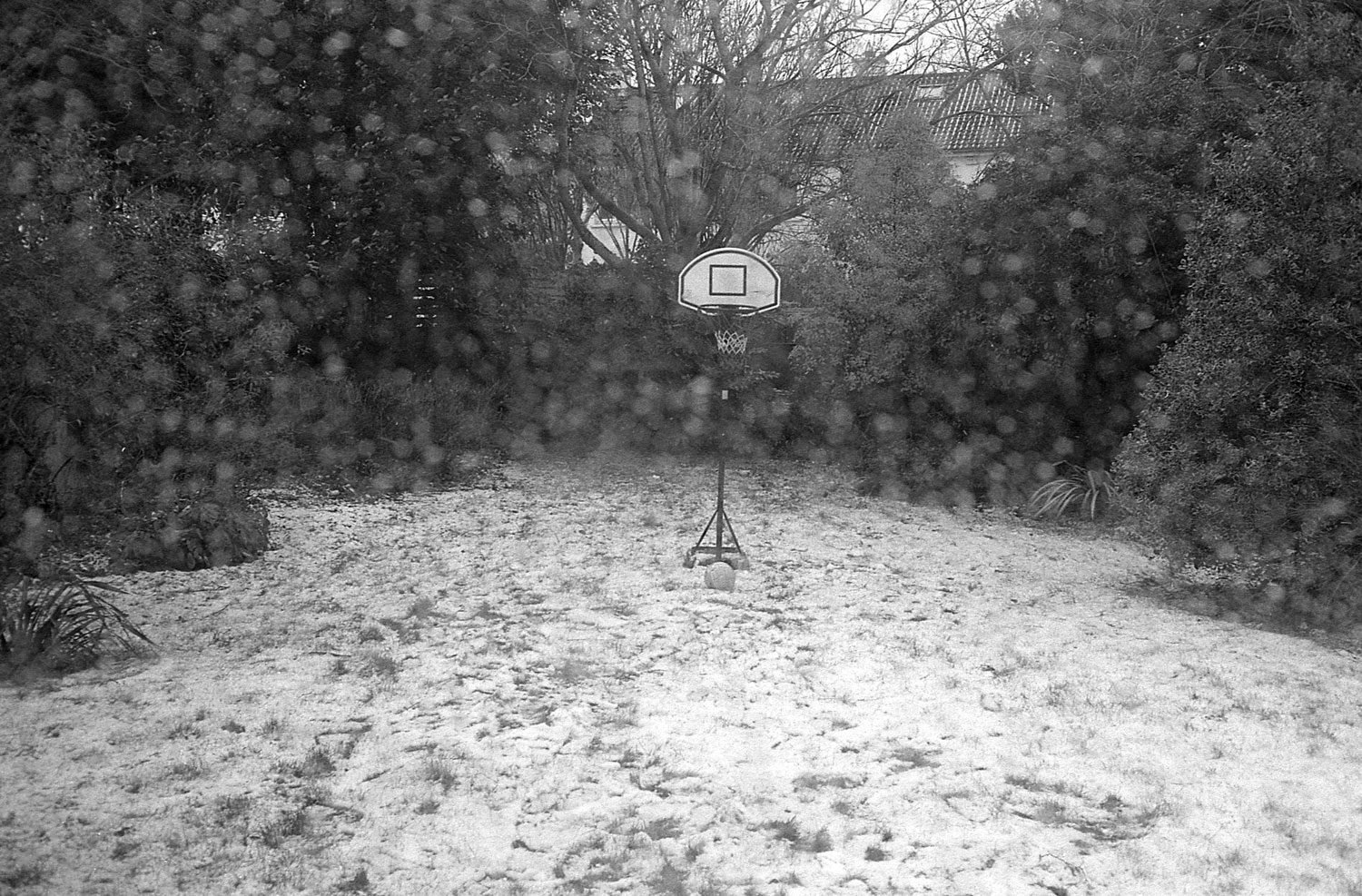
Fomapan 400 at EI200: 4 mins A, 4 mins B
